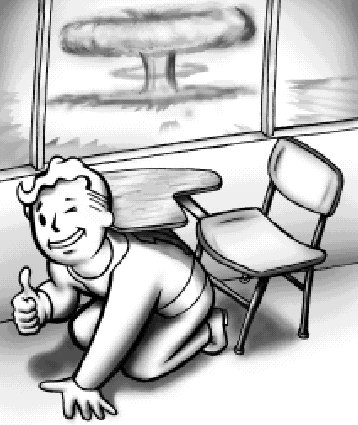M
MeteorWayne
Guest
As silylene and I discussed yesterday, this asteroid has been climbing in risk for the last few days, so I thought I'd start a threat to watch how future observations change the risk.
For those new to the subject of following potentially dangerous asteroids:
DON'T PANIC!
We have watched quite a few of these, in fact I'll bump up the topic on the last one we followed if you'd like to look at how things usually develop. Future observations always (so far) eliminate the threat and eventually it disappears from the risk page. It's just for fun and education that we follow it in this forum. The arc (observation period) for this asteroid is only 4 days so the uncertainty as to the actual orbit is huge. It is a Torino scale zero, which means:
No Hazard
(White Zone) 0 The likelihood of a collision is zero, or is so low as to be effectively zero. Also applies to small objects such as meteors and bodies that burn up in the atmosphere as well as infrequent meteorite falls that rarely cause damage.
The current cumulative chance of impact for all 33 Potential Impacts between 2019 and 2095 is one in 2.2 million (Palermo Scale -1.99), the highest risk for the 2022 impact is 1 in 5.5 million. (Palermo scale = -2.26)
The asteroid was discovered Sept 21 by the Catalina survey, currently the most prolific in finding NEOs. It is a large asteroid (~900 meters) in a highly inclined (55 degree) very elliptical (e=.55) orbit with perihelion just inside the earth's, and aphelion in the outer asteroid belt near the 2:1 resonance with Jupiter. It is currently about 0.8 AU from earth with closest approach for this orbit 0.662 AU on October 23rd when it will be a very dim magnitude +19.5.
From JPL:
EMOID= 0.00117639
27 obs over 4 days
RMS = 0.55829
For those new to the subject of following potentially dangerous asteroids:
DON'T PANIC!
We have watched quite a few of these, in fact I'll bump up the topic on the last one we followed if you'd like to look at how things usually develop. Future observations always (so far) eliminate the threat and eventually it disappears from the risk page. It's just for fun and education that we follow it in this forum. The arc (observation period) for this asteroid is only 4 days so the uncertainty as to the actual orbit is huge. It is a Torino scale zero, which means:
No Hazard
(White Zone) 0 The likelihood of a collision is zero, or is so low as to be effectively zero. Also applies to small objects such as meteors and bodies that burn up in the atmosphere as well as infrequent meteorite falls that rarely cause damage.
The current cumulative chance of impact for all 33 Potential Impacts between 2019 and 2095 is one in 2.2 million (Palermo Scale -1.99), the highest risk for the 2022 impact is 1 in 5.5 million. (Palermo scale = -2.26)
The asteroid was discovered Sept 21 by the Catalina survey, currently the most prolific in finding NEOs. It is a large asteroid (~900 meters) in a highly inclined (55 degree) very elliptical (e=.55) orbit with perihelion just inside the earth's, and aphelion in the outer asteroid belt near the 2:1 resonance with Jupiter. It is currently about 0.8 AU from earth with closest approach for this orbit 0.662 AU on October 23rd when it will be a very dim magnitude +19.5.
From JPL:
EMOID= 0.00117639
27 obs over 4 days
RMS = 0.55829



